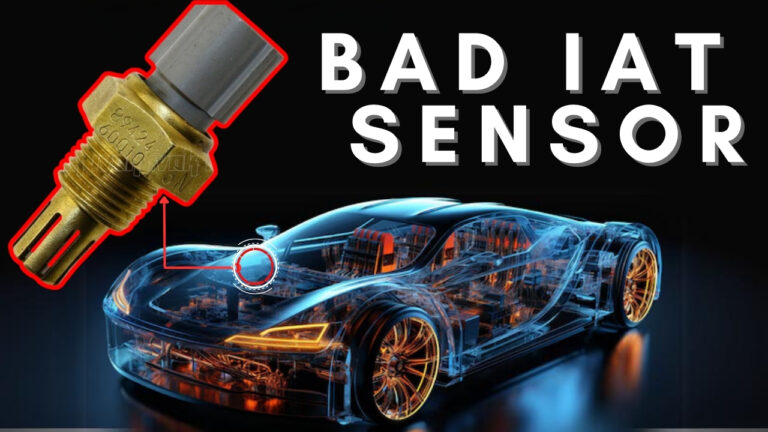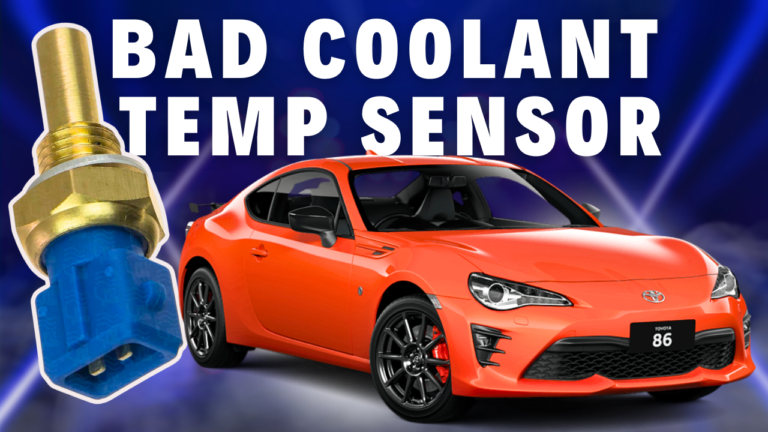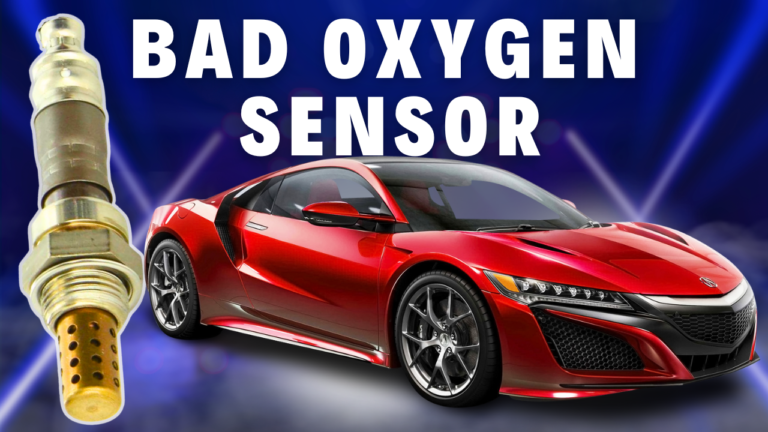What is VVT Solenoid?
In modern vehicles, the intake and exhaust valve timing are advanced or retarded according to the power and RPM of the engine. The Variable Valve Timing (VVT) solenoid is a crucial component within the internal engine that adjusts the valve timing by modifying the camshaft position.
The VVT solenoid controls the flow of oil to the VVT system. By adjusting oil pressure, it enables the camshaft actuator (also known as the camshaft phaser) to modify the position of the camshaft to advance or retard the camshaft position.
This adjustment optimizes the timing of the intake and exhaust valves for different engine conditions. The VVT solenoid receives signals from the Engine Control Unit (ECU). Based on various inputs such as engine speed, load, and throttle position.
Bad VVT Solenoid Symptoms
A malfunctioning VVT Solenoid can manifest in various symptoms, indicating potential issues with the vehicle’s performance:
- Check engine light illuminated: A malfunctioning VVT Solenoid can cause the check engine light to illuminate on the dashboard. This happens because the engine control unit (ECU) detects issues related to the variable valve timing and triggers relevant fault codes. A detailed list of fault codes associated with VVT issues is covered in this blog.
- Poor Engine Performance: A failing VVT solenoid can cause a noticeable decline in engine performance. This is because the valve timing becomes erratic, disrupting the optimal flow of air and fuel into and out of the engine cylinders. Imagine your engine gasping for breath at the wrong moments – that’s what incorrect valve timing feels like. You’ll likely experience hesitation, sluggishness, and a lack of power, especially during acceleration.
- Rough Idling: Rough idling can manifest as uneven engine speeds or shaking while stopped at lights. This is often caused by the VVT solenoid struggling to regulate valve timing due to malfunction.
- Engine Knocking or Pinging: That high-pitched metallic rattling or pinging coming from your engine bay could be a warning sign of bad valve timing, often caused by a malfunctioning VVT solenoid. During normal operation, the air and fuel mixture is compressed in the cylinder, ignited by the spark plug at a precise moment, and then burns smoothly. However, a faulty VVT solenoid disrupts this timing. The air-fuel mixture might ignite prematurely due to the incorrect valve opening/closing sequence. This uncontrolled and rapid burning creates pressure spikes within the cylinder, resulting in the characteristic knocking or pinging sound you hear.
Common VVT Solenoid fault codes
Here is a list of codes that are associated with the bad VVT to look for if your check engine light has turned on
- P0010: “A” Camshaft Position Actuator Circuit (Bank 1)
- P0011: “A” Camshaft Position – Timing Over-Advanced or System Performance (Bank 1)
- P0012: “A” Camshaft Position – Timing Over-Retarded (Bank 1)
- P0013: “B” Camshaft Position – Actuator Circuit (Bank 1)
- P0014: “B” Camshaft Position – Timing Over-Advanced or System Performance (Bank 1)
- P0020: “A” Camshaft Position Actuator Circuit (Bank 2)
- P0021: “A” Camshaft Position – Timing Over-Advanced or System Performance (Bank 2)
- P0022: “A” Camshaft Position – Timing Over-Retarded (Bank 2)
- P0023: “B” Camshaft Position – Actuator Circuit (Bank 2)
- P0024: “B” Camshaft Position – Timing Over-Advanced or System Performance (Bank 2)
What Causes the Malfunction of VVT Solenoid?
Causes of a Faulty VVT Solenoid:
- Mechanical Wear and Tear: Over time, the solenoid’s internal components like springs and valves can experience normal wear and tear. This can hinder their ability to move efficiently, affecting the solenoid’s performance.
- Dirty Oil: Engine oil plays a vital role in VVT solenoid function. Contaminated oil with debris or sludge can clog the narrow passages within the solenoid, preventing proper oil flow and hindering its ability to operate correctly. Using the wrong oil viscosity can also cause problems.
- Electrical issue: Problems in the electrical circuit that powers the solenoid can cause malfunctions. Loss of ground, or issues with previously repaired wires can disrupt the connection with the VVT Solenoid.
Other Issues That Exhibit Similar Symptoms as a Bad VVT Solenoid
When a car exhibits the symptoms mentioned above, and the VVT Solenoid has been checked and found to be in working order but the issue persists, it’s essential to inspect the other components of the engine timing system.
- Faulty Camshaft Position Sensor: A malfunctioning camshaft position sensor can exhibit symptoms similar to those of a faulty VVT solenoid. The camshaft position sensor (CMP) is responsible for detecting the position and speed of the camshaft. It plays a crucial role in determining the timing of the spark and the opening and closing of the valves. When it fails, it can disrupt the engine timing, resulting in symptoms such as rough idling, poor acceleration, and decreased fuel efficiency.
- Faulty Crankshaft Position Sensor: A malfunctioning crankshaft position sensor can exhibit symptoms similar to those of a faulty camshaft position sensor. The crankshaft position sensor is responsible for detecting the position and speed of the crankshaft. It plays a crucial role in determining the timing of the spark and fuel injection. When it fails, it can disrupt the engine timing, resulting in symptoms such as rough idling, poor acceleration, and decreased fuel efficiency.
- Faulty Camshaft Actuator: A malfunctioning camshaft actuator can exhibit symptoms similar to those of a defective VVT solenoid. The camshaft actuator is responsible for adjusting the camshaft position to advance or retard the timing of the opening and closing of the intake and exhaust valves based on engine speed and load.
- Faulty Spark Plug: A faulty spark plug may not produce a spark at the optimal time due to issues such as carbon buildup or a corroded electrode.
- Faulty Timing Chain or belt: A faulty timing chain or belt, which connects the camshaft and the crankshaft in a vehicle engine and coordinates the opening and closing of the engine’s valves, can also exhibit symptoms similar to a bad VVT solenoid. A faulty timing chain or belt can disturb the valve opening and closing times, leading to rough idling, poor acceleration, and decreased fuel efficiency.




